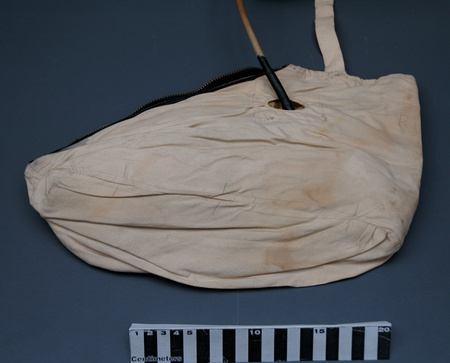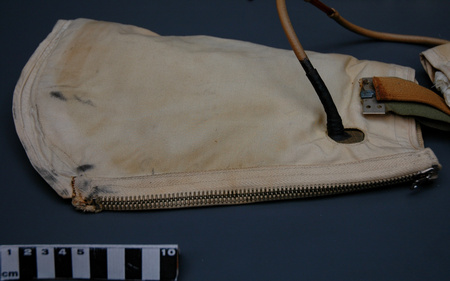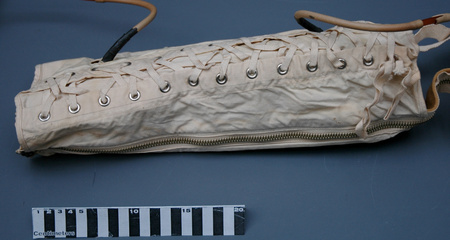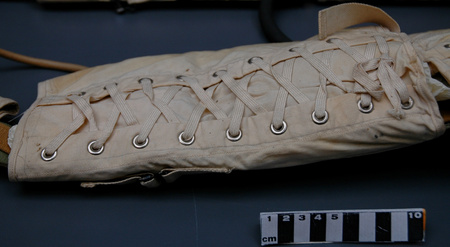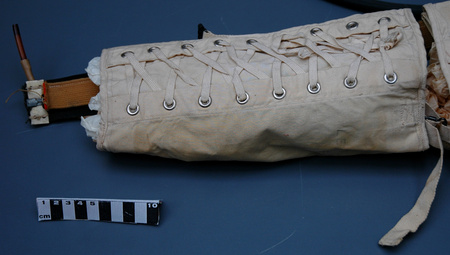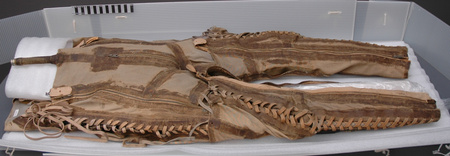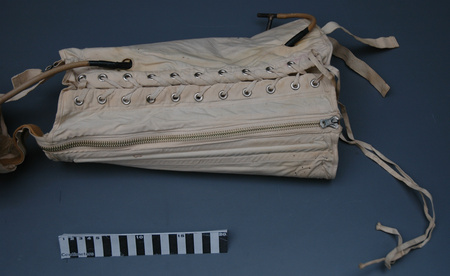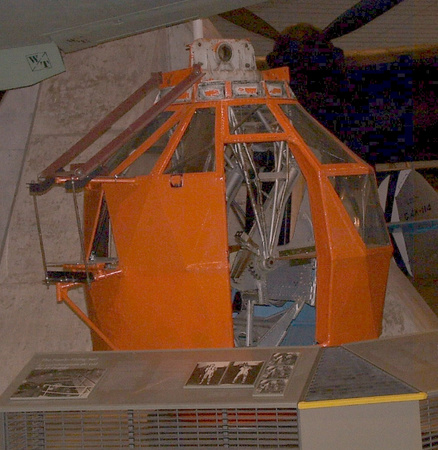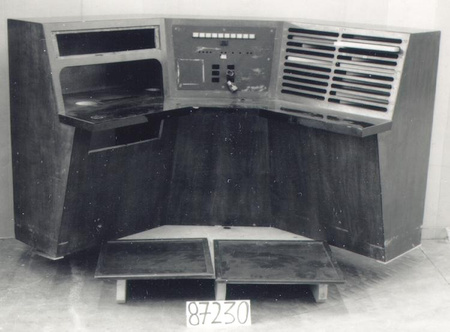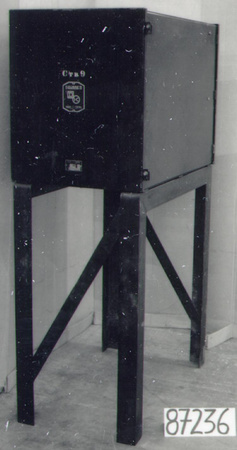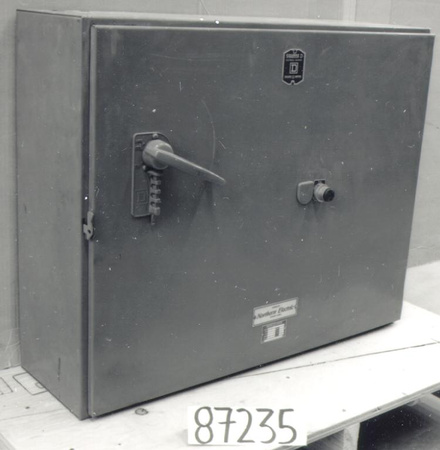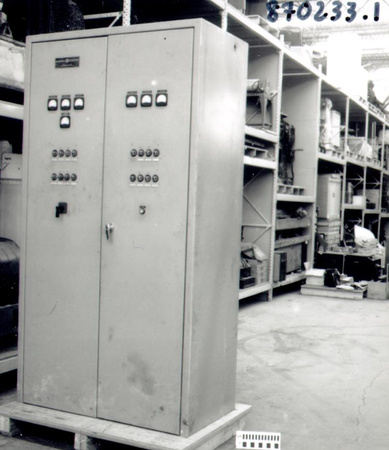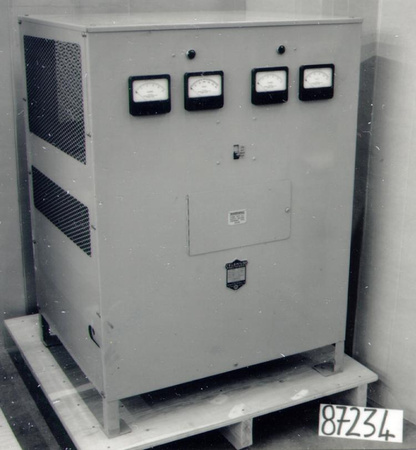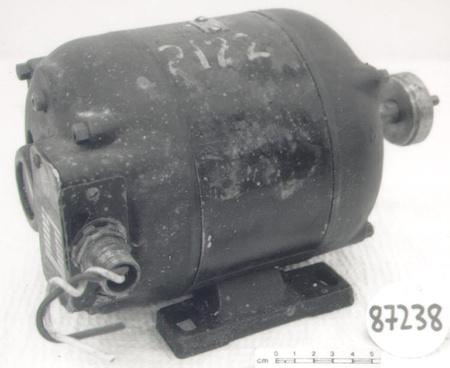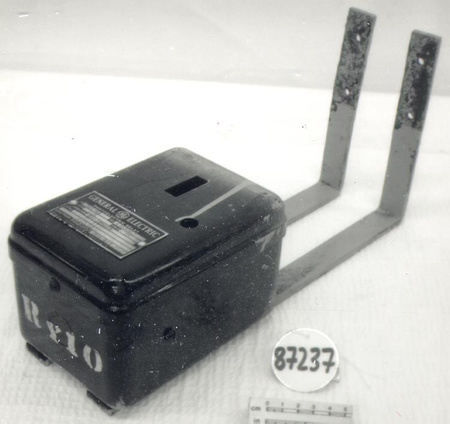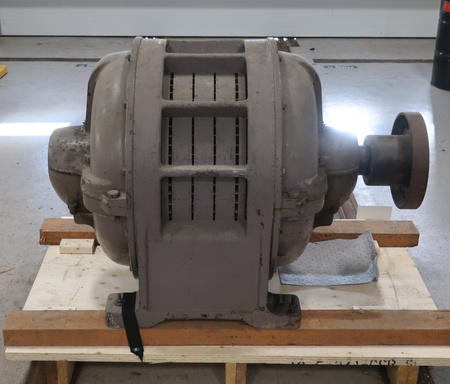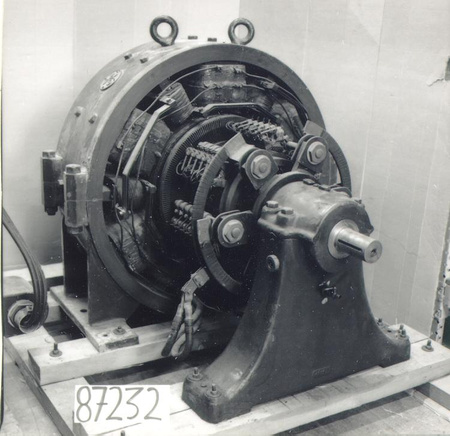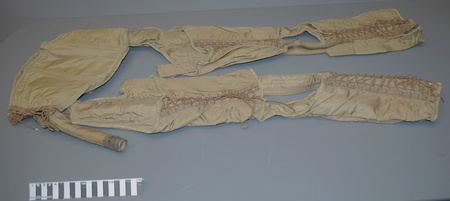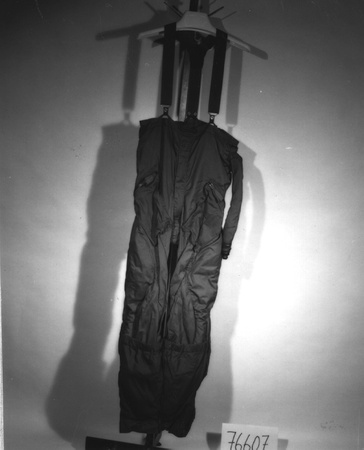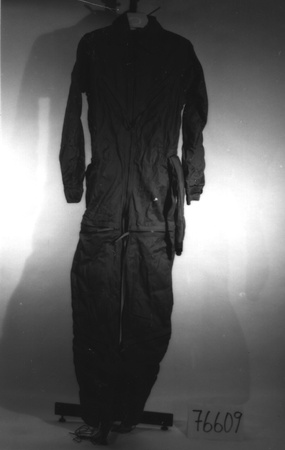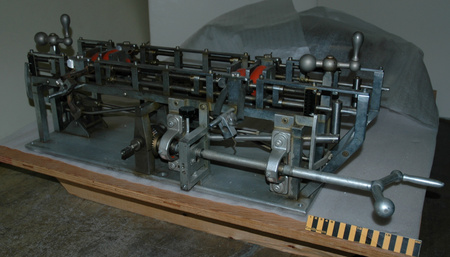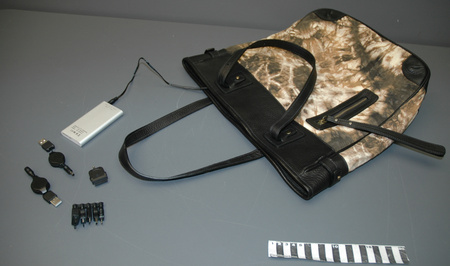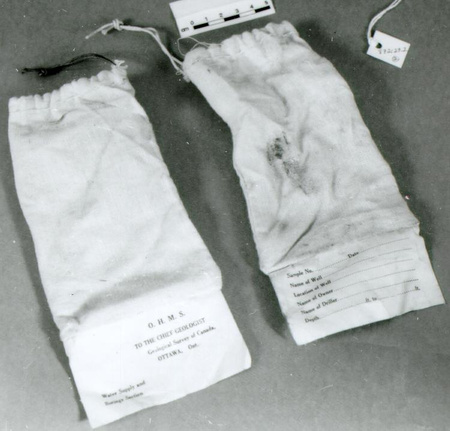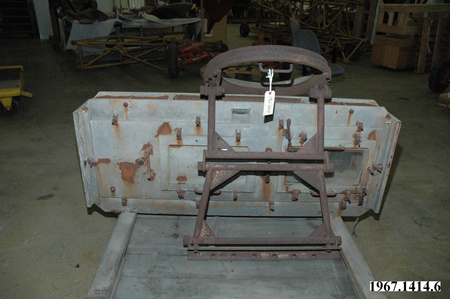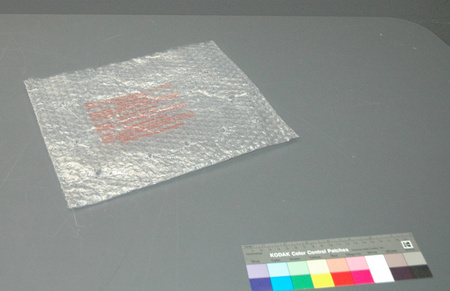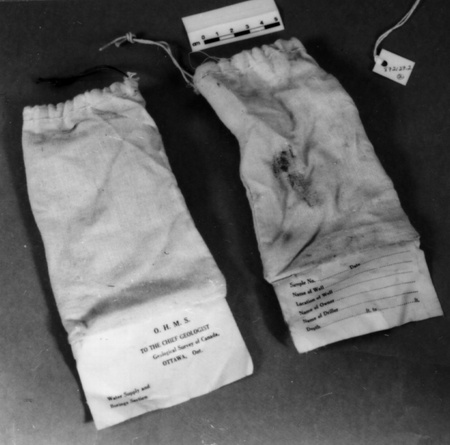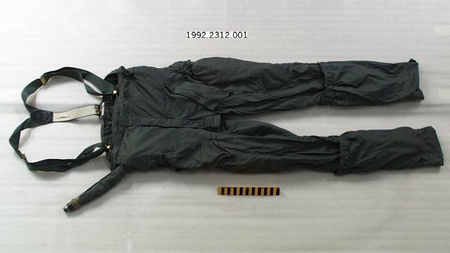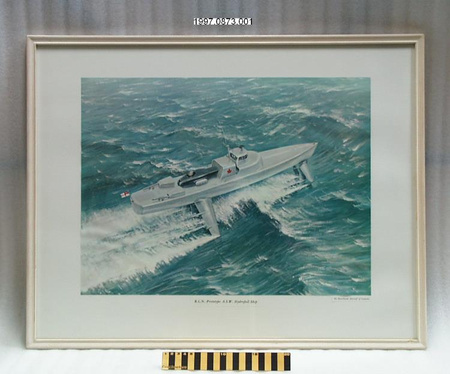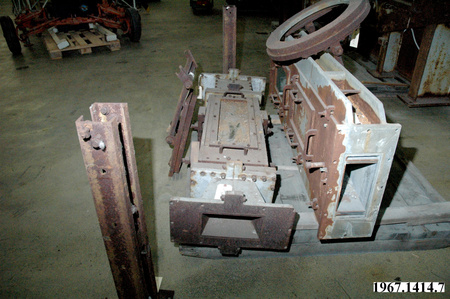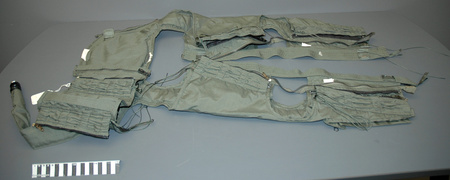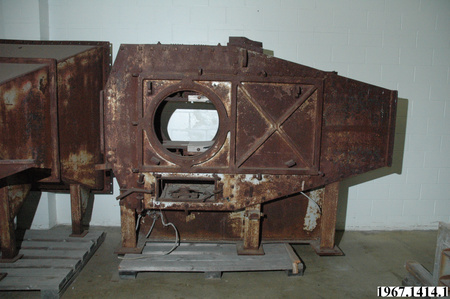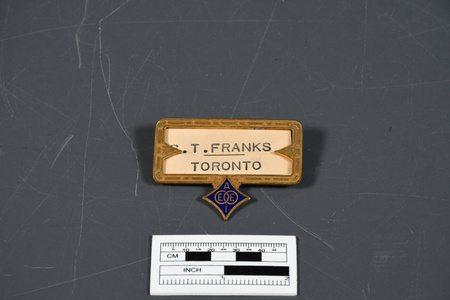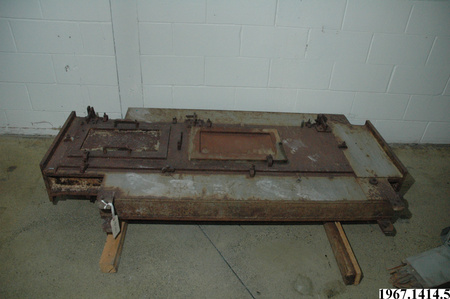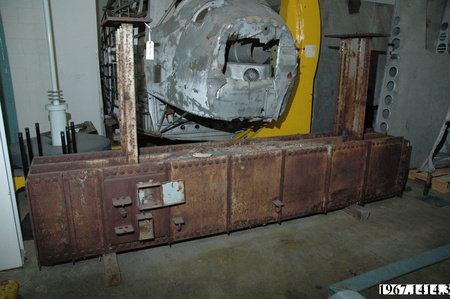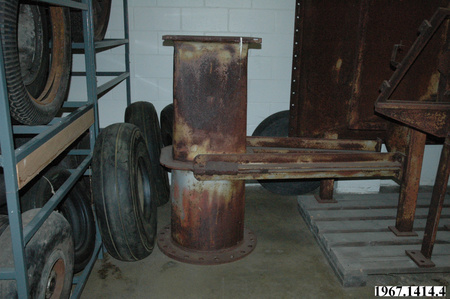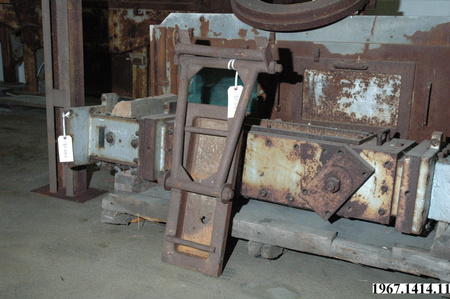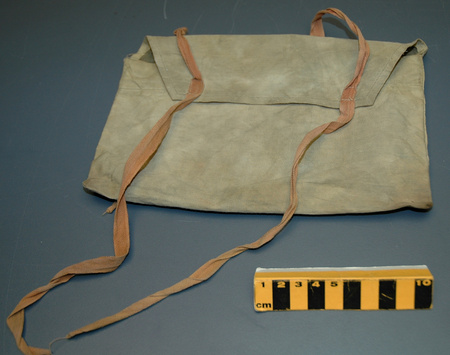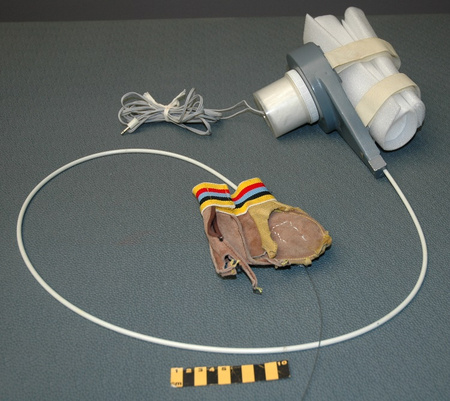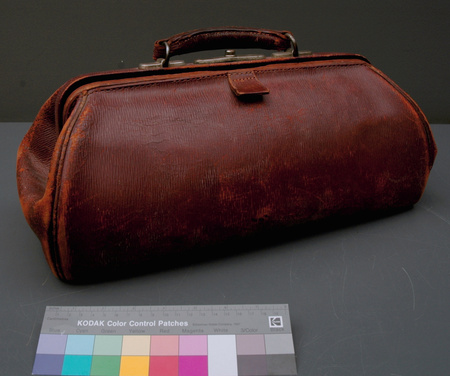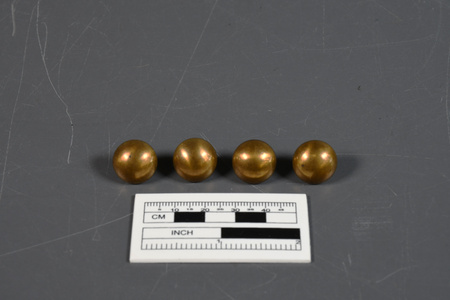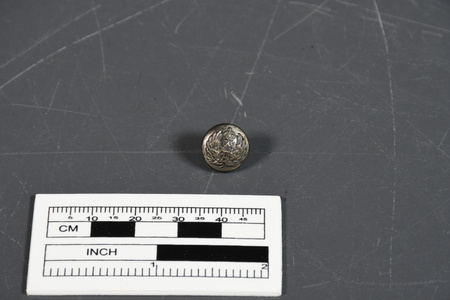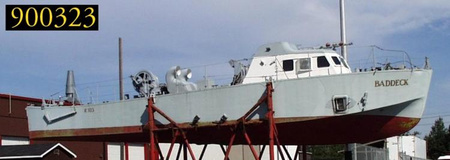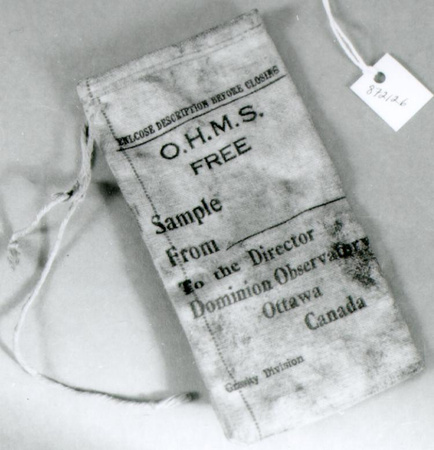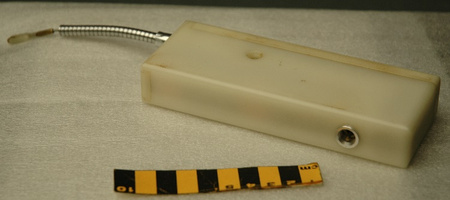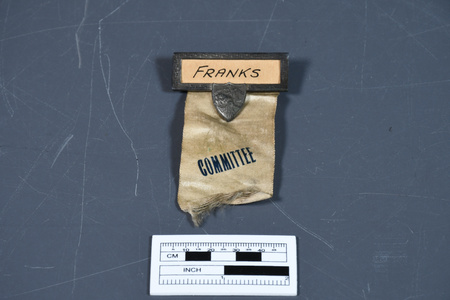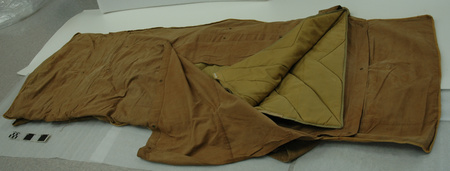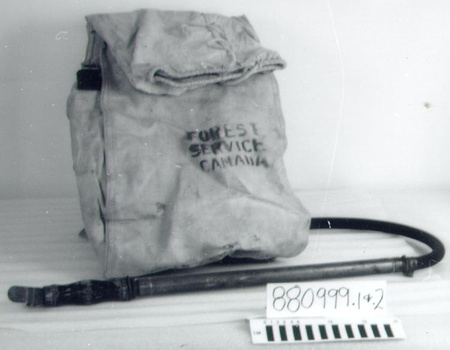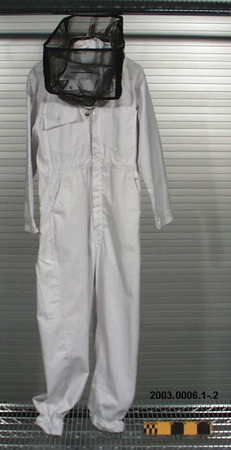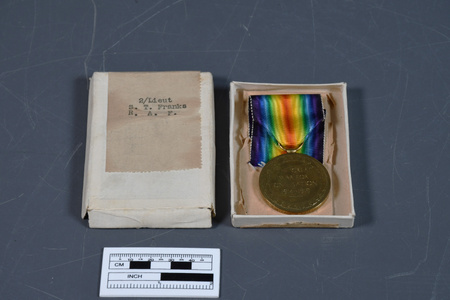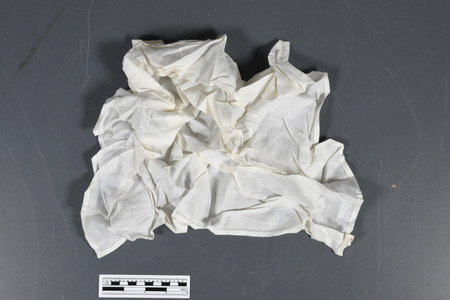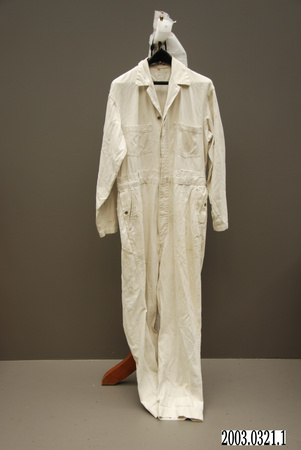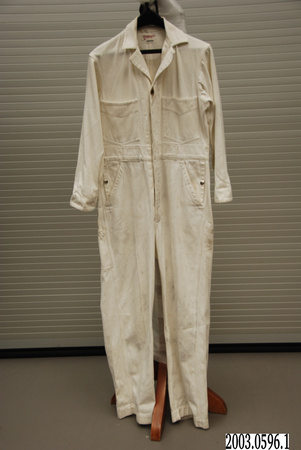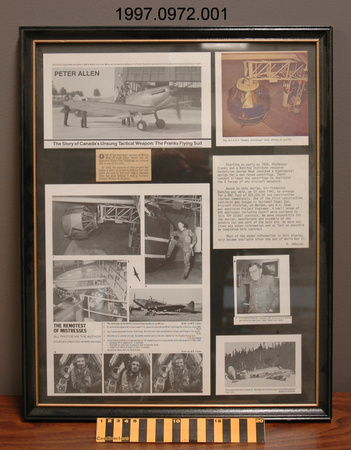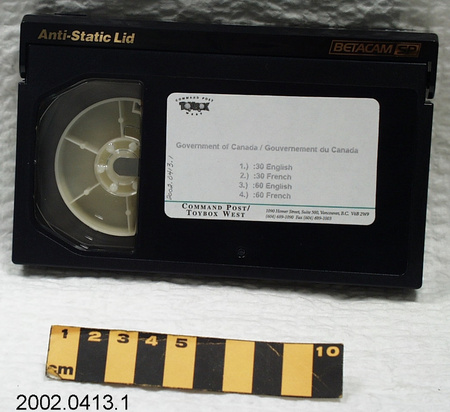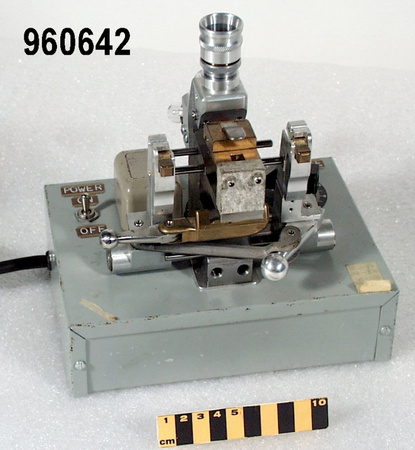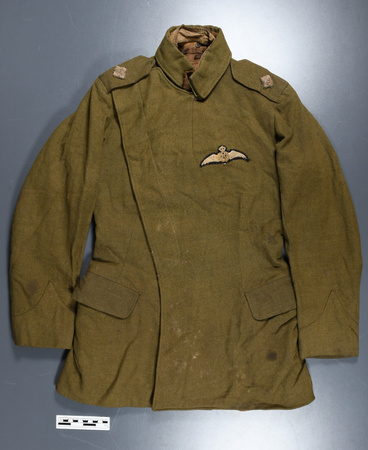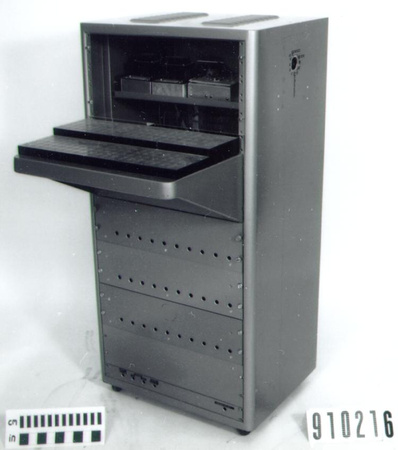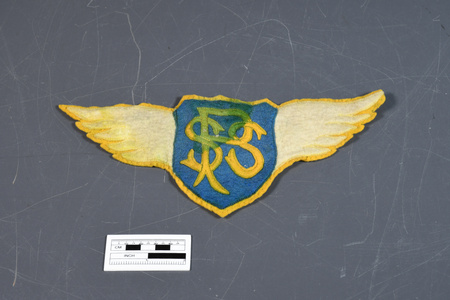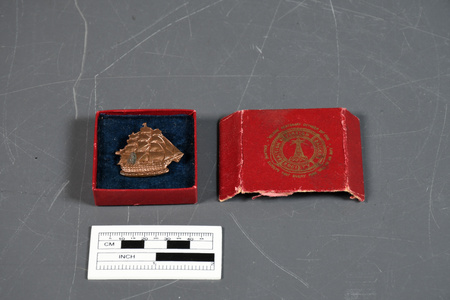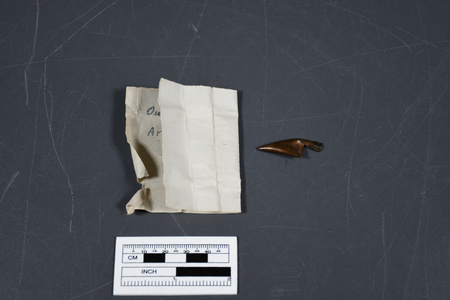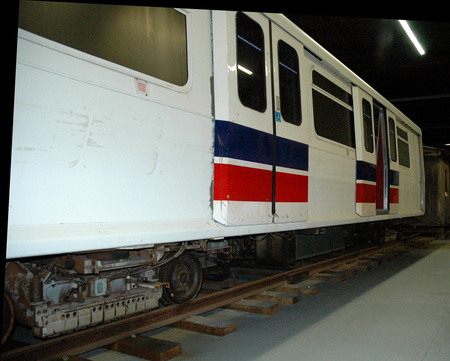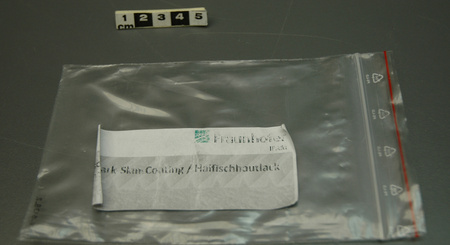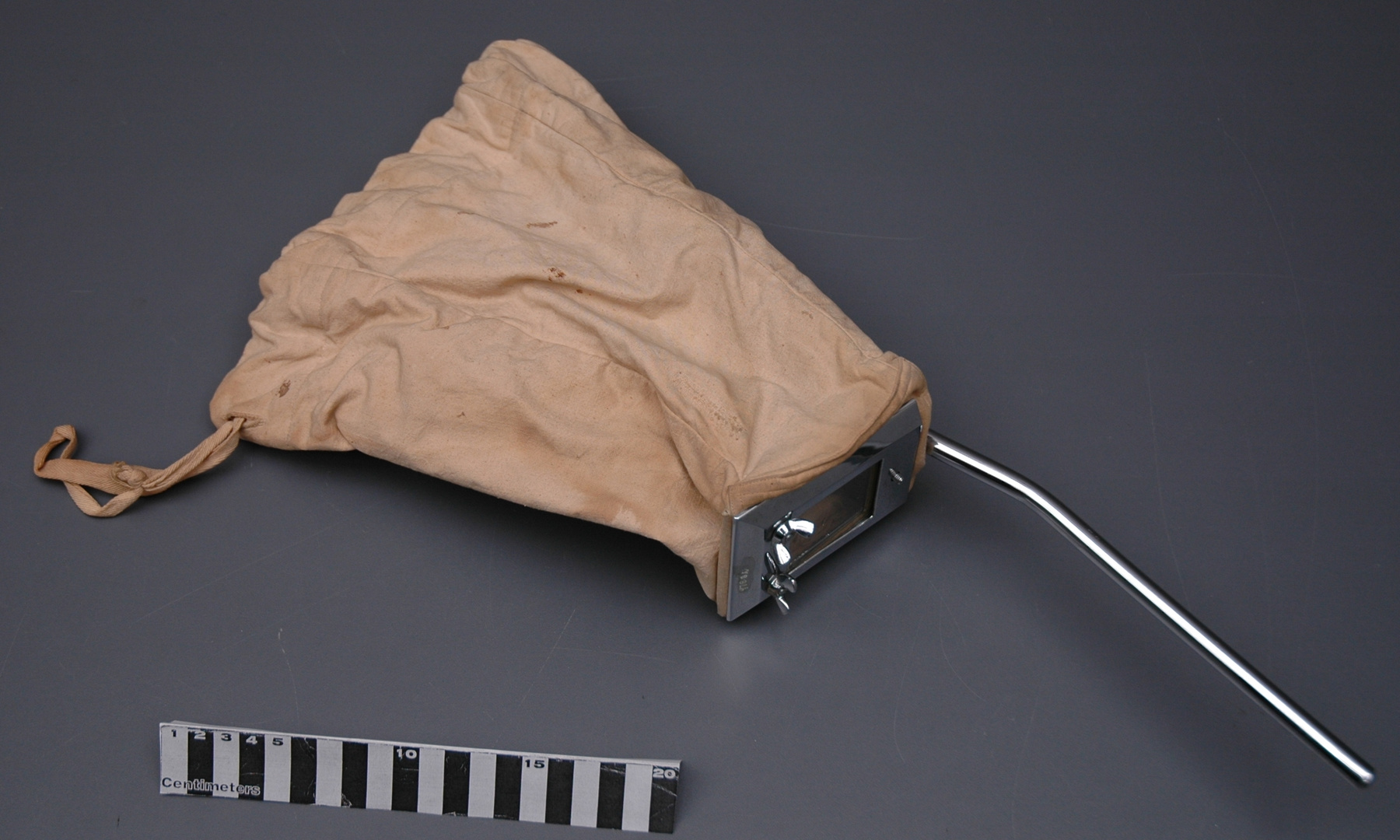Bag, camera
Use this image
Can I reuse this image without permission? Yes
Object images on the Ingenium Collection’s portal have the following Creative Commons license:
Copyright Ingenium / CC BY-NC-ND (Attribution-NonCommercial 4.0 International (CC BY-NC 4.0)
ATTRIBUTE THIS IMAGE
Ingenium,
2002.0613.010
Permalink:
Ingenium is releasing this image under the Creative Commons licensing framework, and encourages downloading and reuse for non-commercial purposes. Please acknowledge Ingenium and cite the artifact number.
DOWNLOAD IMAGEPURCHASE THIS IMAGE
This image is free for non-commercial use.
For commercial use, please consult our Reproduction Fees and contact us to purchase the image.
- OBJECT TYPE
- N/A
- DATE
- 1939
- ARTIFACT NUMBER
- 2002.0613.010
- MANUFACTURER
- University of Toronto
- MODEL
- F.F.S. III
- LOCATION
- Toronto, Ontario, Canada
More Information
General Information
- Serial #
- prototype 1
- Part Number
- 10
- Total Parts
- 10
- AKA
- N/A
- Patents
- N/A
- General Description
- cotton canvas [and possibly other] fabric components; metal frame; synthetic view window.
Dimensions
Note: These reflect the general size for storage and are not necessarily representative of the object's true dimensions.
- Length
- 50.0 cm
- Width
- 23.0 cm
- Height
- 12.0 cm
- Thickness
- N/A
- Weight
- N/A
- Diameter
- N/A
- Volume
- N/A
Lexicon
- Group
- Aviation
- Category
- Clothing
- Sub-Category
- N/A
Manufacturer
- AKA
- University
- Country
- Canada
- State/Province
- Ontario
- City
- Toronto
Context
- Country
- Canada
- State/Province
- Ontario
- Period
- This model anti-G suit used c. 1939- early 1940 [possibly for testing purposes only]
- Canada
-
Dr. W.R. Franks, Professor in Medical Research, University of Toronto was a leader in aviation research work conducted in Canada during the late 1930s-1940s on problems associated with acceleration. Among his accomplishments in the field, Franks developed an anti-G suit (the " F.F.S."] which applied pressure to the calves, thighs and abdomen to prevent pooling of the blood in the veins of these areas, and supported the increased pressure developed in the arterial bed of the same regions. This prevented blackouts and unconsciousness, and delayed the onset of fatigue- critical problems for pilots subjected to centrifugal force during aerial manoeuvrers. [Ref. 6] This heavy fabric bag previously identified as Franks' suit component, and tentatively identified as a camera bag. [Ref. 3] This [and other versions of the F.F.S.] required testing in a controlled and reproduceable environment. For this purpose, a "human centrifuge", the R.C.A.F. accelerator was designed and constructed. [see 1987.0229 and 1976.0529]. [Ref. 5] - Function
-
Presumably used to protect contents by limiting exposure to environmental changes. - Technical
-
The Mark III F.F.S. was the first anti-G suit to be used in actual air operations anywhere in the world. It demonstrated the value and practicality of anti-G suits, which lead to further development of the technology and later versions of the Franks suit. The first prototype suit was constructed of thin cotton and made to fit Franks himself . It was sewn together in Franks' office at the University of Toronto, and had thin rubber bladders vulcanized throughout, allowing the wearer's full body to be protected by a thin film of water. Franks wore the suit during testing in a Finch Fleet biplane. He realized that not all areas of the body required equal protection from G-forces, and modified his original prototype accordingly. This piece may be one of the elements of the refined prototype suit. [Ref. 6, p.114] - Area Notes
-
Unknown
Details
- Markings
- None evident, save UHN catalogue no. "978.8.g" printed by hand in black ink on off-white cotton label sewn to bag, and "978.8.27h" printed by hand in white ink on viewing window frame.
- Missing
- One wing-nut missing.
- Finish
- Off-white heavy weight cotton [?] canvas bag has off-white cotton [?] drawstring closures; fitted with silver metal bracket, internal support and synthetic viewing window frame.
- Decoration
- N/A
CITE THIS OBJECT
If you choose to share our information about this collection object, please cite:
University of Toronto, Bag, camera, circa 1939, Artifact no. 2002.0613, Ingenium – Canada’s Museums of Science and Innovation, http://collection.ingenium.ca/en/id/2002.0613.010/
FEEDBACK
Submit a question or comment about this artifact.
More Like This
